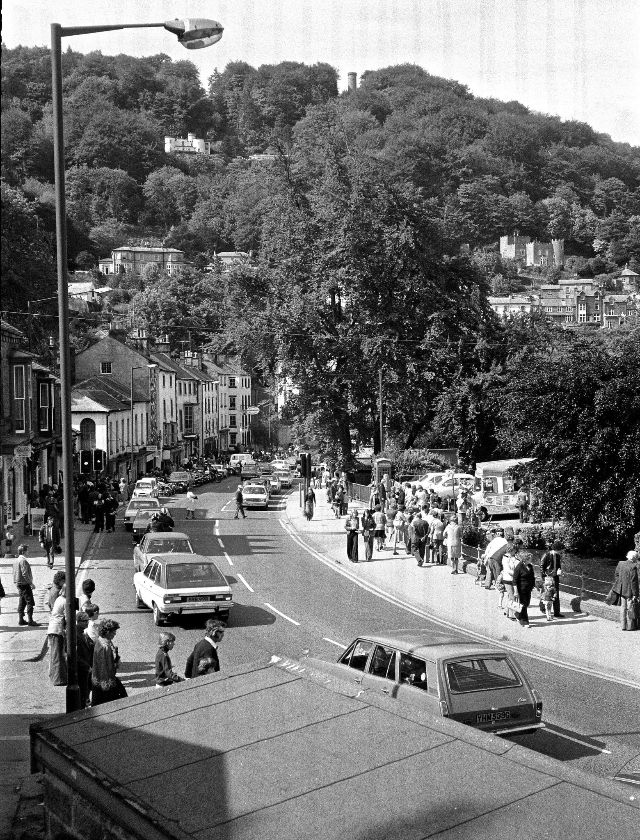Manchester went through enormous and difficult changes in the sixties and seventies. After WWII cities such as Manchester lost power over local gas and electrical supply – thus much of their income. The city also had to struggle with high unemployment rates, as heavy industry, cotton processing and trading all suffered a severe downturn. Between 1961 and 1983, Manchester lost 150,000 jobs in manufacturing. During the 1970s, the City Council lost most of its remaining vital responsibilities. The city’s population also suffered a decline during that time. In 1961, Manchester’s population was 662,000, and by 1971 it was 544,000.
These photographs, taken by Shirley Baker, showed people's lives in a rapidly changing area around them. “There was so much destruction: a street would be half pulled down and the remnants set on fire while people were still living in the area. As soon as any houses were cleared, children would move in and break all the windows, starting the demolition process themselves.” Baker told the Guardian. “There was no health and safety in those days; they could do as they liked. I never posed my pictures. I shot scenes as I found them.
“People were turfed out of their homes. Some squatted in old buildings, trying to hang on to the life they knew. They didn’t have much and things were decided for them. A lot of people had dropped through the net and didn’t even know they were entitled to benefits. Some needed help but no one had even heard of a psychiatrist.” Recalled the photographer. “I would go out on to the streets capturing this upheaval, photographing people I came across… around every corner there was someone different. It became an obsession.”
Take a look back at the life on the streets of the working class in Manchester in the 1960s and 1970s through 19 vintage photographs taken by Shirley Baker:



















-1708278596.jpg)
-1709810944.jpg)

